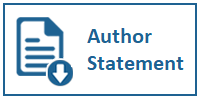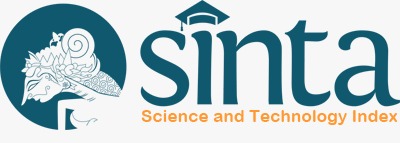A Comparative Study : Predicting Customer Churn in Banking Using Logistic Regression & Random Forest
DOI:
https://doi.org/10.31937/ti.v17i1.4075Abstract
This research explores the prediction of bank customer churn using machine learning techniques. The dataset used includes various customer features such as demographics, transaction history, and interactions with the bank. After performing exploratory data analysis (EDA) and pre-processing, two machine learning models were applied: Logistic Regression and Random Forest. The EDA results showed that factors such as number of transactions, total transaction value, and credit utilization rate were correlated with the likelihood of churn. Pre-processing included handling categorical data, removing irrelevant features, and dividing the data into training and testing sets. The Logistic Regression model achieved 84% accuracy on training data and 83.9% on testing data, but showed poor performance in terms of recall and F1-score for the "Attracted Customer” class. In contrast, the Random Forest model showed excellent performance with 100% accuracy on both datasets, as well as perfect precision, recall, and F1-score values for both classes. In conclusion, the Random Forest model was selected as the best model to predict bank customer churn. These findings can help banks identify customers at risk of churn and develop effective retention strategies.
Downloads
Additional Files
Published
How to Cite
Issue
Section
License
Copyright (c) 2025 Mhd. Basri

This work is licensed under a Creative Commons Attribution-ShareAlike 4.0 International License.
Authors retain copyright and grant the journal right of first publication with the work simultaneously licensed under a Creative Commons Attribution-ShareAlike International License (CC-BY-SA 4.0) that allows others to share the work with an acknowledgement of the work's authorship and initial publication in this journal.
Authors are able to enter into separate, additional contractual arrangements for the non-exclusive distribution of the journal's published version of the work (e.g., post it to an institutional repository or publish it in a book), with an acknowledgement of its initial publication in this journal.
Copyright without Restrictions
The journal allows the author(s) to hold the copyright without restrictions and will retain publishing rights without restrictions.
The submitted papers are assumed to contain no proprietary material unprotected by patent or patent application; responsibility for technical content and for protection of proprietary material rests solely with the author(s) and their organizations and is not the responsibility of the ULTIMATICS or its Editorial Staff. The main (first/corresponding) author is responsible for ensuring that the article has been seen and approved by all the other authors. It is the responsibility of the author to obtain all necessary copyright release permissions for the use of any copyrighted materials in the manuscript prior to the submission.















